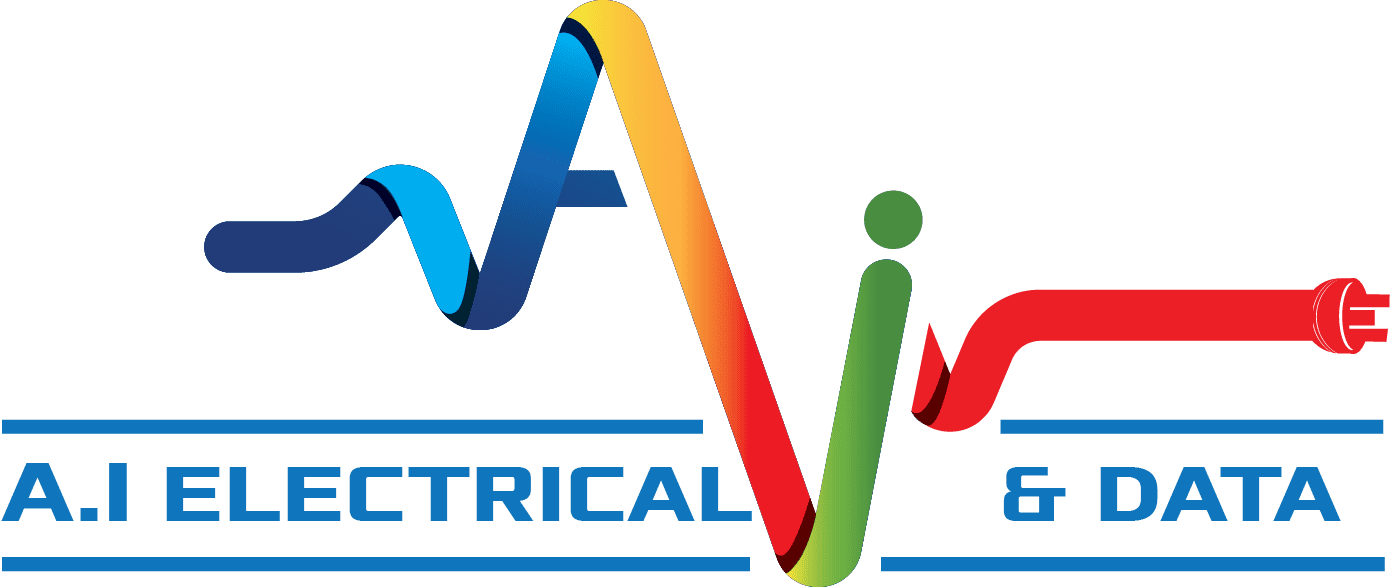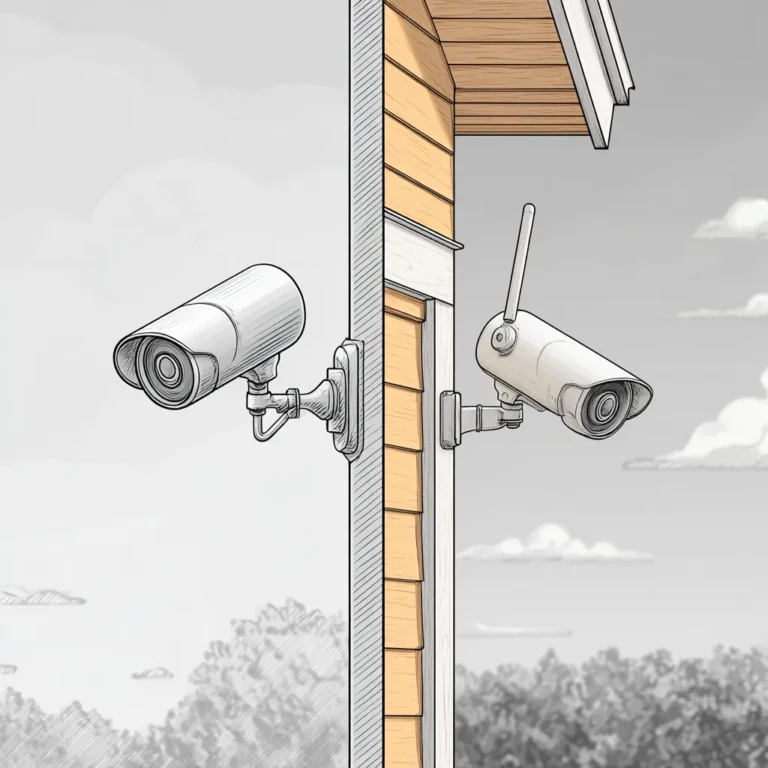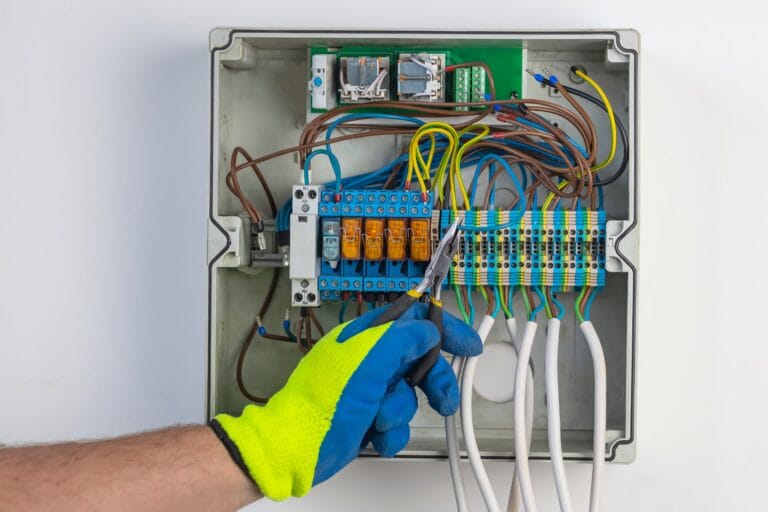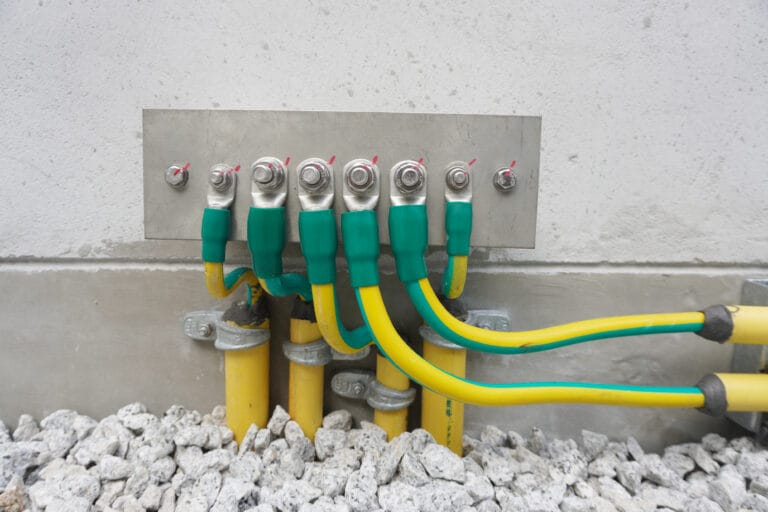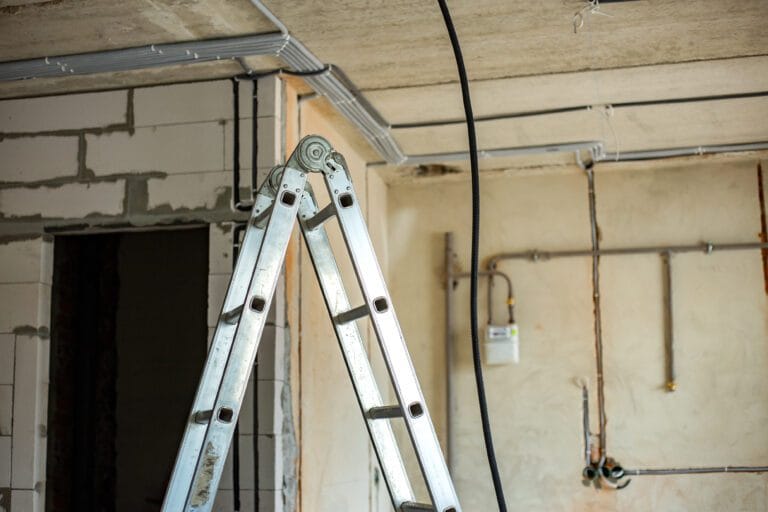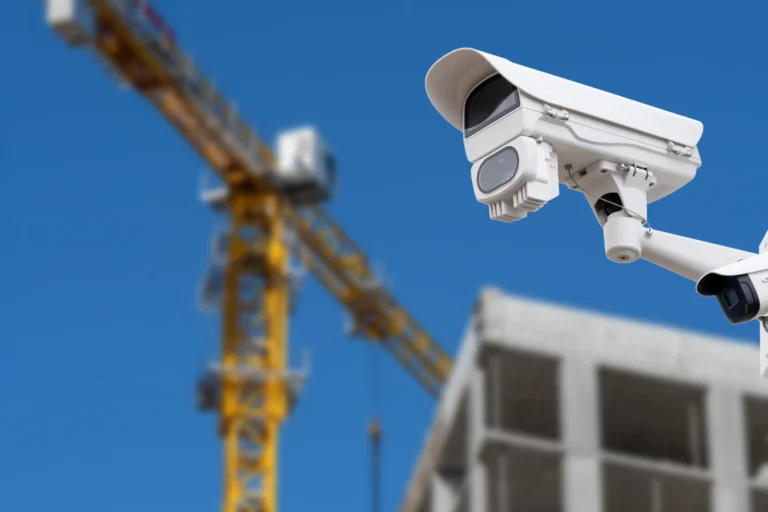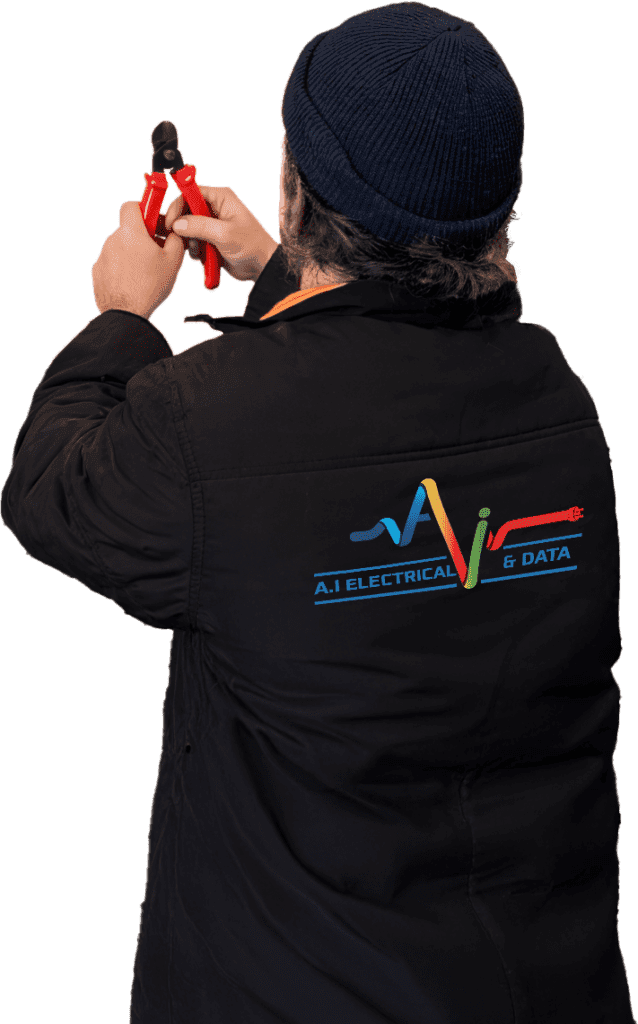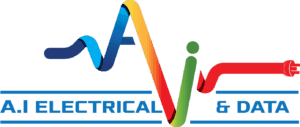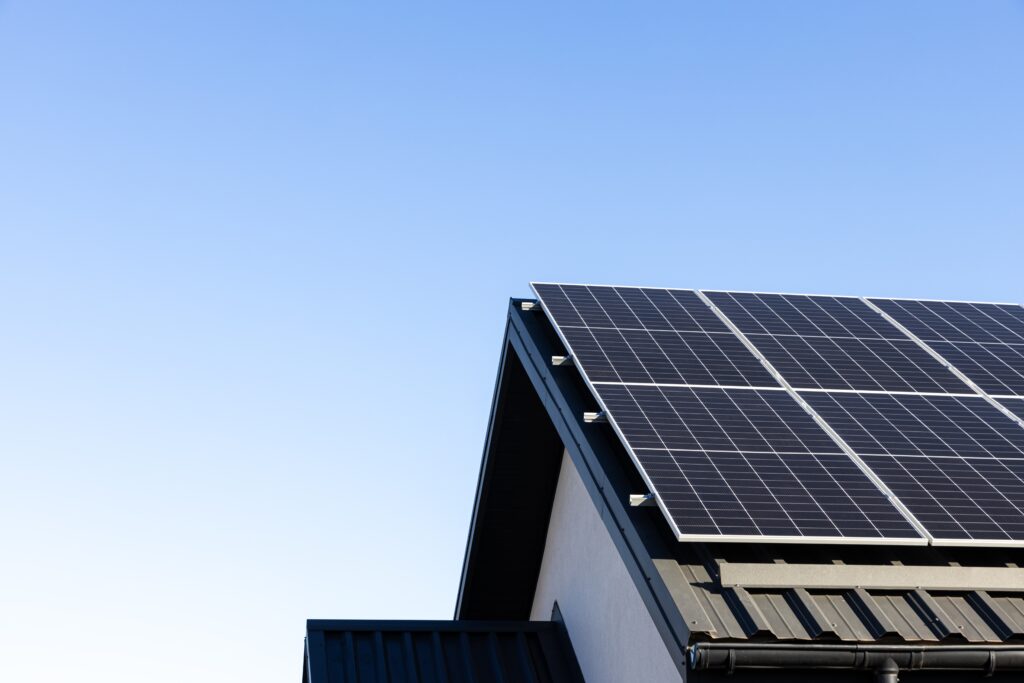
You’re thinking about installing solar panels or setting up an EV charging station at home. That’s a smart move. But here’s what many homeowners overlook: your existing home electrical system might not be ready to handle these upgrades.
The adoption of renewable energy and electric vehicles has skyrocketed in recent years. More Australians are making the switch to clean energy, and for good reason. Solar panels can slash your electricity bills, while EV charging at home offers unmatched convenience. But there’s a critical step you need to take before any of this becomes reality.
Your switchboard upgrade isn’t just a recommendation—it’s often a necessity. The electrical infrastructure in older homes simply wasn’t designed to support the demands of modern solar panels and EV charging equipment. Attempting to install these systems without proper preparation can lead to safety hazards, system failures, and costly repairs down the line.
To avoid these issues, you should ensure your switchboard is ready before you invest in these technologies. If you’re unsure about the current state of your electrical system or need assistance with the necessary upgrades, don’t hesitate to get in touch with professionals who can help you assess and upgrade your switchboard accordingly. You can reach out for expert advice and services here.
Understanding Your Home Switchboard
Your electrical switchboard is like the control center for your home’s entire electrical system. It takes in power from the grid and safely distributes it to different circuits throughout your property. You can think of it as the heart of your electrical setup—every light switch, power outlet, and appliance relies on it working properly.
The Challenges of Older Switchboards
Older switchboards can cause significant problems when you’re trying to install solar panels or EV charging equipment. These outdated systems usually have:
The Advantages of Modern Switchboards
Modern switchboards work in a completely different way. They use DIN rail devices—standardized modular components that snap onto metal rails inside the board. This design makes it easy for electricians to add, remove, or reconfigure circuit breakers and safety switches as your energy needs change.
The Limitations of Outdated Components
The limitations of old components become critical when you’re adding high-powered equipment. Ceramic fuses can’t handle the continuous loads from EV chargers or solar inverters. Switch-mounted boards don’t have enough physical space for dedicated circuits, smart meters, and monitoring equipment. You’ll discover that trying to fit modern energy technology onto an old switchboard poses safety risks and prevents you from fully utilizing your solar or EV charging system’s capabilities.
Why Upgrading Your Switchboard is Crucial for Solar Installations
Your existing switchboard might have served you well for decades, but solar installations demand specific infrastructure that older systems simply can’t provide. When you’re ready to harness the sun’s energy, your switchboard needs to accommodate several critical components.
1. Space Requirements for Solar Components
Space requirements become immediately apparent when you consider what a solar system needs. A solar inverter—the device that converts DC power from your panels into usable AC electricity—requires dedicated circuit breakers and mounting space. If you’re adding battery systems to store excess energy, you’ll need even more room. Many older switchboards are already at capacity with existing circuits, leaving no spare space for these essential solar components.
2. Compliance with Australian Standards
Moreover, it’s important to note that not all solar systems meet the necessary standards. In fact, recent data shows that 1 in 5 commercial solar systems fail to meet Australian standards. This highlights the necessity of upgrading your switchboard to ensure compliance and avoid potential losses.
3. Enhanced Monitoring with Smart Meters
The integration of smart meters transforms how you monitor and manage your energy production. These devices track your solar generation in real-time, showing you exactly how much power you’re producing, consuming, and sending back to the grid. An upgraded switchboard provides the necessary connections and space for these monitoring systems, giving you unprecedented visibility into your energy usage patterns.
4. Improved Control with Advanced Circuit Protection
You gain significant control benefits with a modern switchboard designed for solar. Advanced circuit protection ensures your solar equipment operates safely and efficiently. The ability to isolate solar circuits independently means maintenance becomes simpler and safer. You can also optimize your energy consumption by understanding which appliances draw power when your panels are producing at peak capacity.
Why Upgrading Your Switchboard is Essential for EV Charging
Installing an EV charger requires more from your electrical system than most household appliances. A typical Level 2 home EV charger uses between 7.2 to 19.2 kilowatts—similar to running several air conditioners at once. To avoid overheating and potential fire hazards, such as those caused by frequent circuit breaker tripping, your switchboard needs a dedicated circuit breaker specifically rated for this continuous high-power usage.
Challenges Older Electrical Systems Face with EV Charging
Older electrical systems have a hard time supporting the power needed for EV charging. Homes built before the 1990s usually have switchboards made for maximum loads of 60-80 amps, while modern EV charging can need 40-50 amps on its own circuit. When you consider your regular household energy use, you’ll quickly go over your system’s capacity.
Common Issues with Aging Electrical Infrastructure
The increased power requirements often expose hidden problems in older electrical systems:
Rewiring becomes necessary when your existing cables can’t handle the amperage. Many homeowners discover they need to upgrade to a three-phase power supply for faster charging capabilities. Three-phase power delivers electricity more efficiently, reducing charging times from 8-10 hours to 3-4 hours for a full battery. This upgrade requires comprehensive switchboard modifications to accommodate the additional phases and proper load distribution across your electrical system.
Safety Benefits of Upgrading Your Switchboard
Your home’s electrical safety depends heavily on the condition of your switchboard. Older switchboards often contain hazardous materials that pose serious risks to your family and property.
Hidden Dangers in Aging Electrical Systems
Many pre-1990s switchboards contain asbestos-backed boards, a material now recognized as a severe health hazard. When these boards deteriorate or require modification, asbestos fibers can become airborne, creating respiratory risks. Professional asbestos removal during switchboard upgrades protects your household from these invisible threats.
Old wiring presents equally concerning dangers. Deteriorated insulation, corroded connections, and outdated circuit protection mechanisms significantly increase fire risk. The Australian Electrical Safety Office reports that faulty electrical distribution equipment contributes to hundreds of residential fires annually. Upgrading your switchboard with modern circuit breakers and residual current devices (RCDs) provides immediate fire risk reduction.
Meeting Modern Safety Standards
Current electrical standards mandate safety features that older switchboards simply cannot provide. Modern switchboards include:
Compliance with regulations isn’t just about avoiding penalties—it’s about protecting your investment and ensuring your insurance coverage remains valid. Many insurance policies require electrical systems to meet current standards, making switchboard upgrades a practical necessity before adding solar panels or EV chargers to your property.
How Switchboard Upgrades Future-Proof Your Home Electrical System
Upgrading your switchboard is an investment that ensures your electrical system can adapt to future changes, such as increased energy needs or the integration of renewable energy sources. Here’s how these upgrades can benefit you:
1. Accommodating Growth
Your upgraded switchboard creates room for expansion as your energy needs grow. For example, if you install a 6.6kW solar system today but plan to double that capacity in five years, an upgraded board will accommodate these changes without requiring another major overhaul.
2. Simplifying Renewable Energy Integration
With modern switchboards, integrating renewable energy becomes straightforward. You can add battery storage systems like the Tesla Powerwall or BYD batteries without electrical limitations holding you back. The spare capacity in your upgraded board means you’re ready when you decide to expand your solar array or install a second EV charger for that additional electric vehicle.
3. Creating an Efficient Energy Ecosystem
The synergy between solar and EV charging transforms your home into an efficient energy ecosystem. Your modern energy solutions work together seamlessly—your solar panels generate power during the day, your battery stores excess energy, and your EV charges using clean electricity you produced yourself. This integration only works when your switchboard can handle the complex power flows between these systems.
4. Gaining Flexibility in Your Electrical Infrastructure
Your home’s electrical infrastructure gains flexibility you didn’t have before with an upgraded switchboard. Here are some ways this flexibility can benefit you:
5. Improving Reliability
The reliability improvements from upgrading your switchboard mean fewer power interruptions and better protection for your valuable electronics and appliances.
The Upgrade Process: What to Expect from a Licensed Electrician
A licensed electrician evaluation begins with a comprehensive inspection of your existing switchboard and wiring infrastructure. The professional examines your current electrical capacity, identifies outdated components, and determines whether your system can handle the additional load from solar panels or EV chargers. You’ll receive a detailed report outlining necessary modifications and compliance requirements.
The electrical system assessment involves testing circuit integrity, measuring available amperage, and checking for safety hazards. Your electrician verifies whether you need single-phase or three-phase power, calculates the total electrical demand with new installations, and identifies any wiring that requires replacement. This thorough evaluation prevents unexpected issues during installation.
The upgrade installation process typically follows these steps:
Installation considerations specific to solar panels include positioning the inverter circuit breaker for optimal access and ensuring adequate ventilation around solar equipment. For EV chargers, electricians install dedicated 32-amp or higher circuits with appropriate cable sizing. You might need a separate meter for monitoring solar generation or EV charging consumption. The electrician ensures all work meets current Australian Standards and obtains necessary electrical compliance certificates.
In cases where significant upgrades are needed, such as switchboard upgrades, the process may involve more extensive changes to your existing setup to accommodate new electrical demands safely and efficiently.
Conclusion
Your home’s electrical system is crucial for safe solar installation and efficient EV charging. If your switchboard isn’t ready, you’re risking your investment and safety.
Outdated switchboards can’t handle modern energy needs. You require sufficient capacity, proper circuit protection, and adherence to current electrical standards. Ignoring these requirements can result in dangerous situations, failed inspections, and expensive rework.
Upgrading for solar or EV-charging? Why your switchboard must be ready isn’t just about meeting today’s requirements. You’re preparing your home for tomorrow’s energy landscape—whether that means expanding your solar array, adding a second EV charger, or integrating battery storage systems.
The best way forward? Speak with a licensed electrician before you decide on solar panels or EV chargers. They will evaluate your current system, pinpoint necessary upgrades, and ensure everything adheres to safety and compliance standards. This proactive measure saves you money, avoids installation delays, and guarantees your new technology functions safely and efficiently from the start.
FAQs (Frequently Asked Questions)
Why is upgrading my home switchboard essential when installing solar panels or EV chargers?
Upgrading your home switchboard is crucial to accommodate the additional load and equipment such as solar inverters, battery systems, and dedicated EV charger circuits. Modern switchboards provide spare space for these devices, improve control and efficiency, and ensure safety compliance for integrating solar power and EV charging solutions.
What are the differences between older and modern electrical switchboards?
Older switchboards often use outdated components like ceramic fuses and switch-mounted boards, which have limitations in handling increased electrical loads. Modern switchboards utilize DIN rail devices, offer better safety features, spare capacity for new technologies, and comply with current electrical standards, making them suitable for solar installations and EV charging.
How does a switchboard upgrade improve safety in my home electrical system?
Upgrading your switchboard reduces fire risks by replacing old wiring and hazardous materials such as asbestos found in older setups. It ensures compliance with updated electrical regulations, incorporates dedicated circuit breakers for new loads like EV chargers, and enhances overall electrical safety by modernizing protective components.
Can upgrading my switchboard future-proof my home for evolving energy needs?
Yes, a switchboard upgrade prepares your home’s electrical system for future demands including increased solar panel capacity or multiple EV chargers. It enables seamless integration of renewable energy solutions, enhances system reliability, and provides flexibility to adopt modern energy technologies efficiently.
What should I expect during the switchboard upgrade process by a licensed electrician?
A licensed electrician will first assess your existing electrical system and switchboard to determine upgrade requirements. The process involves installing modern components with adequate spare space for solar inverters or EV chargers, rewiring if necessary (including potential three-phase upgrades), ensuring compliance with safety standards, and testing the system post-installation.
Why is it important to consult professionals early when planning solar or EV charger installations?
Early consultation with licensed electricians ensures your home’s electrical infrastructure is adequately prepared through timely switchboard upgrades. This proactive approach promotes safe installations, regulatory compliance, efficient integration of solar or EV technologies, and helps avoid costly modifications or delays during the project.
